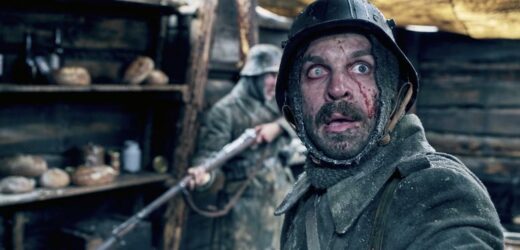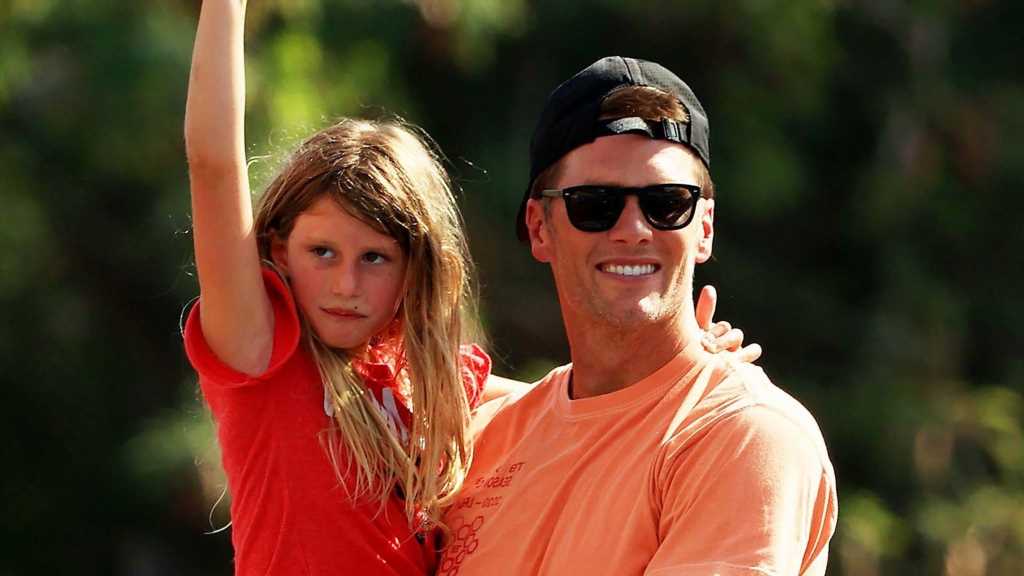Even with predecessors such as “Paths of Glory,” “A Very Long Engagement,” “1917” and of course Lewis Milestone’s 1930 best picture winner of the same name, director Edward Berger’s adaptation of Erich Maria Remarque’s bestseller “All Quiet on the Western Front” conveys the meat-grinder brutality — the violence, the blood, and the mud — of trench warfare unlike almost any film in the history of the medium.
“These kids are chewed up by the merciless war machine,” says Berger. “They sign up for this war full of hopes and ideals, but very quickly they realize that they have lost everything in the mud, especially their innocence and their youth.”
Before Berger brought the story to life on screen — for the first time in its native German — co-screenwriter Lesley Paterson spent years trying to capture a feeling that placed the audience in the heat of the conflict.
“There’s a distance to the experience when you’re reading it [in Remarque’s novel] because it’s so poetic,” Paterson says. “So the battle sequences, we kind of leaned into how we wrote those, whether it was the flame throwers or the tanks going over the top just to add to the absolute devastation and foreign landscapes in shock that these young men were experiencing.”
Paterson says that to further amplify the sense of inescapability these soldiers feel, they eliminated scenes of the home front that were a significant part of the novel. “We wanted the audience to experience that intensity of being those young men in the battlefield, and we felt like that intensity of emotion would be dissipated if we went back to the home front.
“We were always invested in [the main character] Paul and his reaction … to make sure that the audience is essentially Paul, because it’s so unrelentingly awful,” Paterson says. “It truly is an anti-war film like we’ve never seen it before because there is no hero and because it’s not
an adventure.”
Read More About:
Source: Read Full Article


